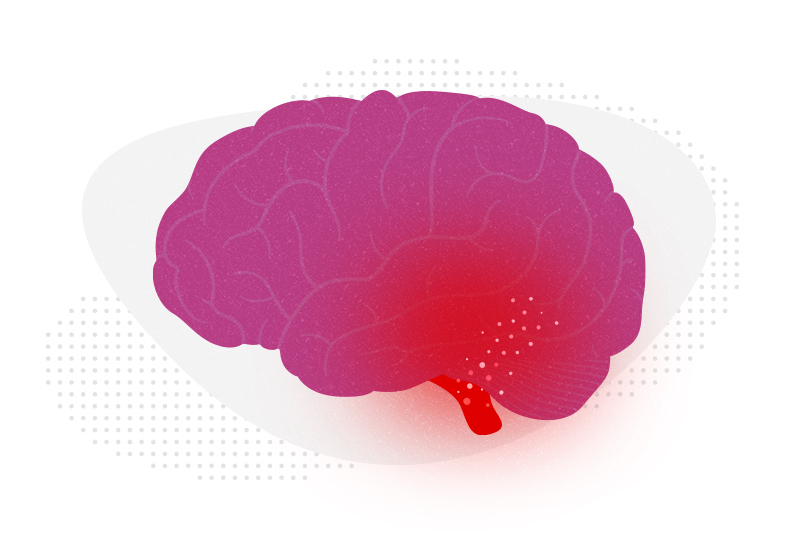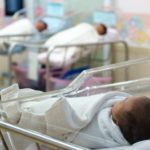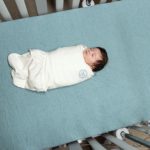Could SIDS be caused by unrecognized brain infections?

Some infants who pass away from sudden infant death syndrome (SIDS) are known to have had acute minor infections. Could these have played a role in their death? Using next-generation molecular tools, a new study provides evidence that undiagnosed inflammation and occult infection can contribute to SIDS and the brainstem pathology seen in some infants. Findings appear in JAMA Neurology.
Researchers led by Robin Haynes, PhD, at Boston Children’s Hospital and Benjamin Okaty, PhD, at Harvard Medical School analyzed autopsy samples from 71 infants who died from SIDS and 20 controls. They first screened cerebrospinal fluid samples for the presence of neopterin, a biomarker of cellular immune activation. Of 64 infants with SIDS who were screened, six had strikingly elevated neopterin levels, suggesting they had brain inflammation.
Samples from these six infants then underwent metagenomic sequencing, which can identify DNA from any microbes in the sample. In one 11-day-old infant, this revealed a viral pathogen: human parechovirus 3 (HPeV3), an infection of emerging concern in newborns and young infants. Notably, the infant had no signs of encephalitis before dying from SIDS, other than fussiness and a slight fever.
Finally, the team used single-nucleus RNA sequencing to analyze brainstem tissue from the infant with HPeV3. They also analyzed samples from three infants who died from SIDS but did not have brainstem inflammation.
The comparison revealed differences in gene expression in several brain cell types as well as vascular cells. In the infant with HPeV3, genes related to interferon signaling and the innate immune response were strikingly upregulated in cells from the medulla, including serotonergic neurons. The latter help maintain breathing and heart rate and are thought to be abnormal in SIDS.
The value of ‘molecular autopsy’ in SIDS
While the study found a pathogen in only one infant, the team is also investigating noninfectious causes of neuroinflammation. That includes hypoxia, which is thought to be associated with known SIDS risk factors like bed sharing and prone sleep.
The picture that’s emerging is that SIDS can result from an interplay of many factors. Brainstem infections, inflammation, genetic risk factors, and, of course, infant sleep position may all contribute. “Technological innovations are beginning to allow us to examine all of these things at once,” says Okaty.
“With these new tools, we can answer questions in autopsy that we could not have asked before,” adds Haynes. “We’d love to have more collaborations with medical examiners, who typically don’t have these resources.”
Haynes, who heads the CJ Murphy Laboratory for SIDS Research at Boston Children’s, works in parallel with Robert’s Program on Sudden Unexpected Death in Pediatrics. That program provides diagnostic services and counseling to families who have lost a child suddenly and unexpectedly and takes referrals from medical examiners, pediatricians, and obstetricians.
Learn more about Robert’s Program and research in the Department of Pathology at Boston Children’s.
Related Posts :
-

Chromosomal testing expands options for exploring causes of SIDS
When an infant or young child dies without explanation, it is not uncommon for parents to blame themselves. In some ...
-

Gene panel helps investigate sudden unexpected death in children
Almost 10 percent of pediatric deaths occur suddenly and without explanation. In this terrible situation, the first question many parents have ...
-

Can we explain sudden infant deaths? It’s complicated.
Since the early 1990s, “Back to Sleep” campaigns have urged parents to place infants to bed on their backs to ...
-

Sudden, unexplained child deaths often have a genetic cause
When a baby or toddler dies without warning, parents often blame themselves. A study at Boston Children’s may provide ...





